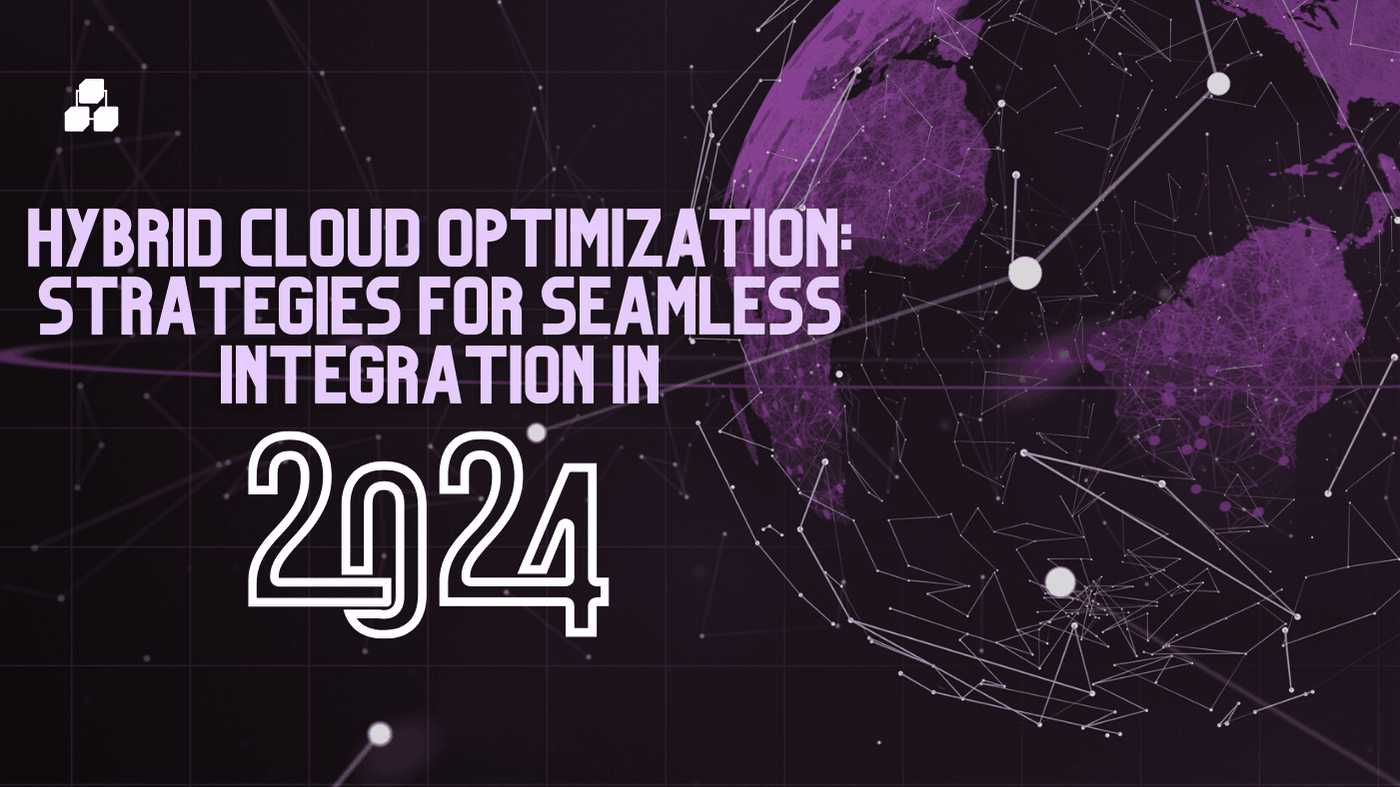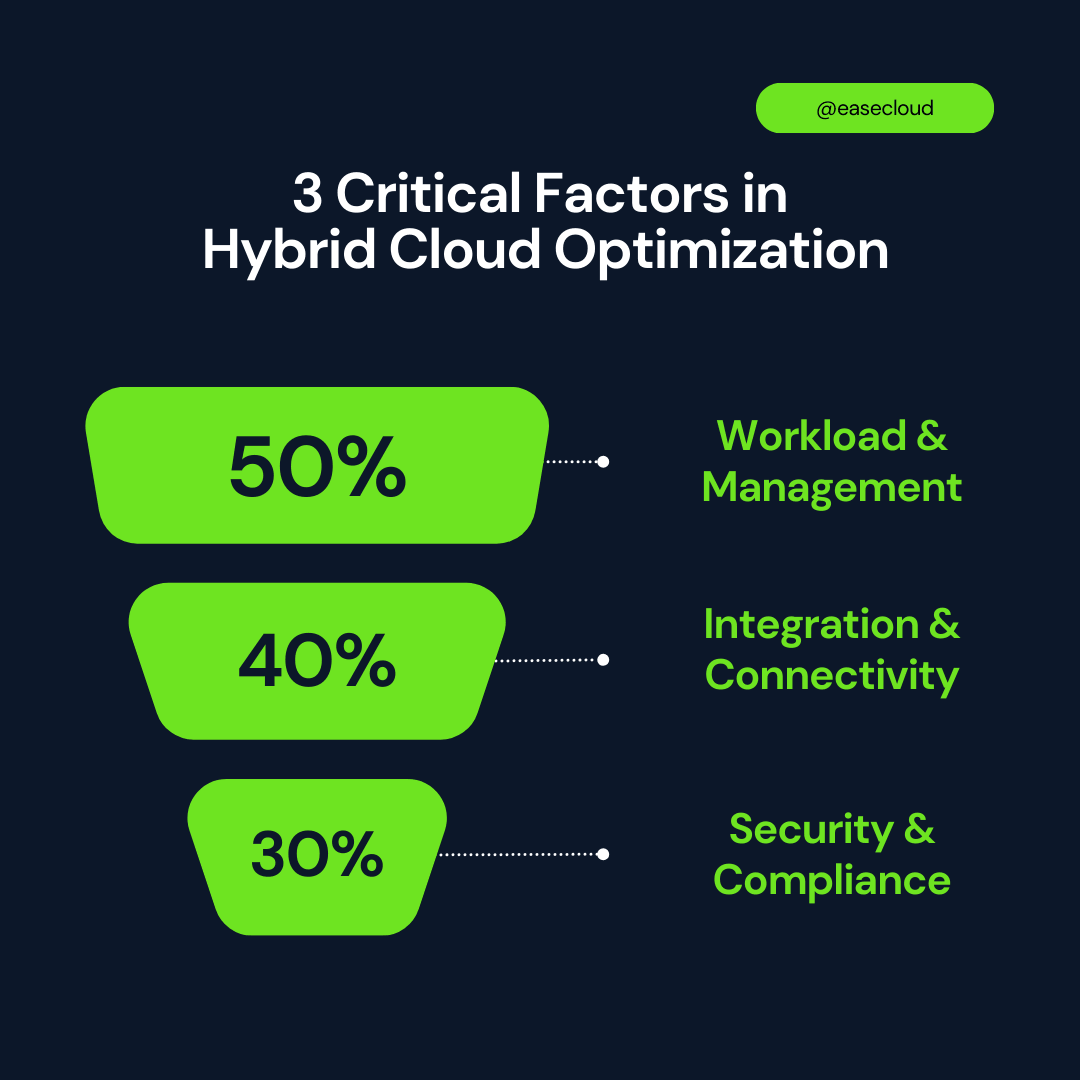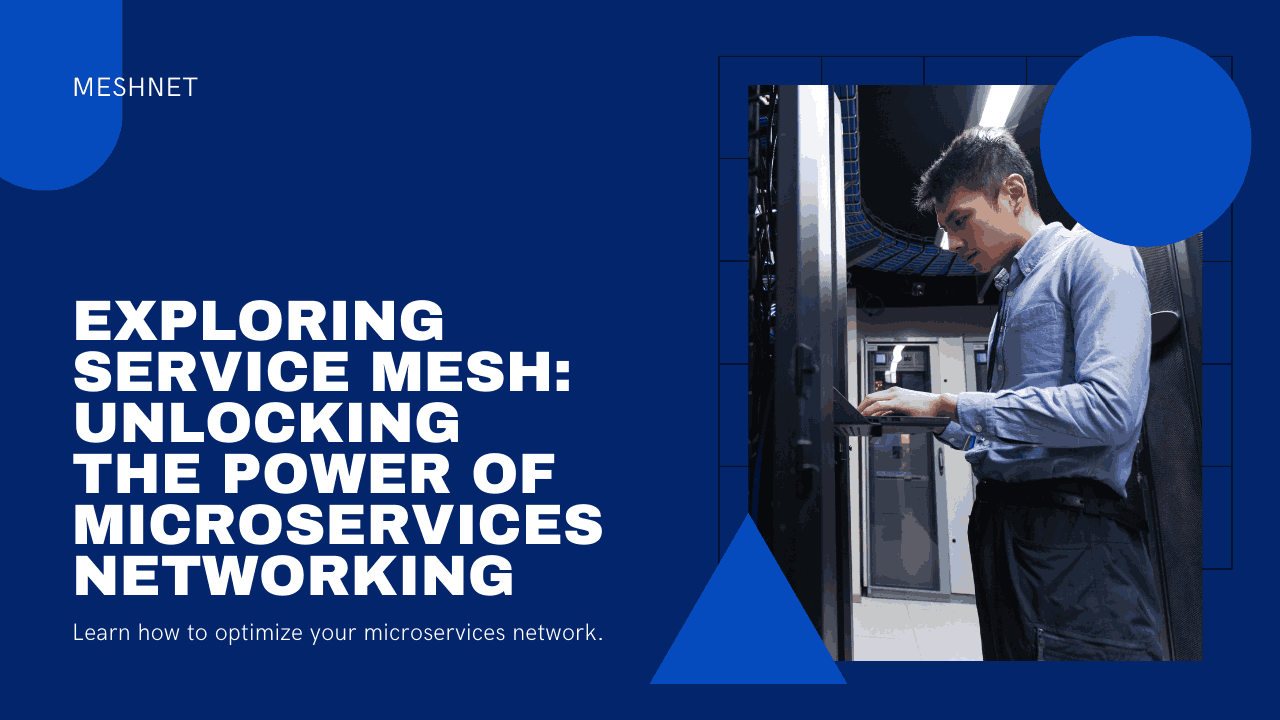Hybrid Cloud Optimization Strategies for 2024
As we navigate the complexities of the digital age, hybrid cloud optimization emerges as a cornerstone of modern IT strategy.

In today’s dynamic digital landscape, businesses constantly juggle the need for agility, security, and cost-effectiveness. Enter the hybrid cloud: a powerful blend of on-premises infrastructure and public cloud services, offering the best of both worlds. But navigating this hybrid landscape can be tricky, requiring careful optimization strategies to achieve seamless integration and unlock true potential.
This blog serves as your 2024 guide to hybrid cloud optimization. We’ll delve into key strategies, explore emerging trends, and equip you with the knowledge to optimize your hybrid environment for peak performance and growth.
Why Hybrid Cloud? The Stats Speak Volumes
- 74% of enterprises have adopted or are planning to adopt a hybrid cloud strategy (RightScale). _ Businesses using hybrid cloud report an average 25% increase in agility and 9% reduction in IT costs (AWS). _ Hybrid cloud deployments can drive up to 50% improvement in application performance (Forbes).
The Challenges of Hybrid Complexity:
While the benefits are undeniable, managing a hybrid environment can be challenging. Common pitfalls include:
- Integration complexity: Connecting on-premises systems with cloud services seamlessly can be complex, requiring specialized expertise.
- Security concerns: Balancing the security needs of both on-premises and cloud environments can be tricky.
- Limited visibility and control: Managing resources across diverse environments can be challenging, impacting visibility and control.
Conquering the Challenges: Your Optimization Checklist:
- Start with your business goals: What do you want to achieve with your hybrid cloud? Increased agility? Cost savings? Scalability? Be clear on your objectives.
- Identify workloads: Analyze your applications and data: which are best suited for on-premises, and which can benefit from the cloud?
- Develop a governance framework: Establish clear policies and procedures for managing resources, access, and security across both environments.
- Automate infrastructure provisioning and management: Reduce manual tasks and ensure consistency with tools like Terraform or Ansible.
- Automate security patching and updates: Minimize vulnerabilities and ensure security compliance through automated processes.
- Automate disaster recovery: Have a well-defined and automated disaster recovery plan for both on-premises and cloud components.
- Leverage multi-cloud management platforms: Tools like Azure Arc or AWS Outposts can simplify managing resources across diverse environments.
- Utilize containerization technologies: Docker and Kubernetes can facilitate portability and simplify application deployment across on-premises and cloud environments.
- Invest in network optimization solutions: Ensure efficient and secure data transfer between your on-premises and cloud components.
- **Implement consistent security policies across both environments:*8 Treat your hybrid infrastructure as a single unit when it comes to security.
- Utilize cloud security services: Leverage built-in security features offered by public cloud providers, like identity and access management (IAM).
- Conduct regular security audits and penetration testing: Identify and address potential vulnerabilities across your hybrid infrastructure.
- Invest in training for your IT staff: Ensure they possess the necessary skills to manage and optimize your hybrid cloud environment.
- Seek external expertise if needed: Partner with managed service providers or consultants to fill any skill gaps within your team.

Image credit:The EaseCloud Team
Embrace the Future: Emerging Trends in Hybrid Cloud:
- Edge computing: Integrating edge devices with your hybrid cloud can unlock new possibilities for real-time data processing and analytics.
- Serverless computing: Leverage serverless options like AWS Lambda or Azure Functions to simplify application development and management.
- Artificial intelligence and machine learning (AI/ML): Utilize AI/ML to automate tasks, optimize resource allocation, and gain deeper insights from your data.
Conclusion
Hybrid cloud optimization is an ongoing journey. By following these strategies, embracing emerging trends, and continuously monitoring and refining your approach, you can unlock the full potential of your hybrid cloud and achieve seamless integration, increased agility, and ultimately, propel your business towards sustainable growth in 2024 and beyond.

Explore 2024's key cybersecurity trends and strategies. Learn how professionals protect systems against evolving cyber threats.

Explore how cloud-native architecture drives business growth through scalable microservices. Learn key principles for flexible, innovative digital solutions.

